
Access to green spaces can improve people's physical and mental health, and even brings economic benefits. But the provision of vital footpaths is unevenly spread across the UK, with wealthier neighbourhoods enjoying far better resources than more deprived areas. While the general picture may come as little surprise, new research has put some stark figures on these disparities.
According to a report produced by the New Economics Foundation for walking charity the Ramblers, residents of the most prosperous parts of England and Wales have 80% more public footpaths in their local area than people in the most deprived places.
Paths provide more than £2 billion worth of health and wellbeing benefits every year, say the report's authors, but it's the "old, the wealthy, the healthy and the white" who have the best access to them.
For instance, the most white-dominated areas have 144% more local paths than the most ethnically diverse neighbourhoods.
North of the border, similar analysis by Ramblers Scotland has found "shocking" inequality in the number of routes that different communities have at their disposal. Without the Right of Way network to base their results on, Ramblers Scotland instead looked at Core Paths.
Of Scotland's roughly 15,000 miles of Core Paths, routes legally designated by councils as their most important trails, residents in the most deprived half of neighbourhoods have a total of 4,579 miles, they say, compared with 10,351 miles within the least deprived half.
There are corresponding health associations too; across the UK, in the places where health is the worst, the number of paths is also the lowest. According to the Ramblers Scotland research, people in the healthiest 10% of Scottish areas have nine times more local Core Paths than the least healthy communities - in distance terms equating to 1891 miles of paths versus just 211.
By cross-referencing Core Paths with the Scottish Index of Multiple Deprivation, a Scottish Government system showing which areas are most disadvantaged, Ramblers Scotland came up with the statistics which, they say, highlight an urgent need for investment to give people in less well-off areas better access to local paths.
"While we love having the 'Right to Roam' across nearly all of Scotland, we know people are more likely to go for a walk and enjoy the health and wellbeing benefits of being active in nature if they have paths close to home" said Ramblers Scotland director Brendan Paddy.
"This fascinating new research shows that the nation is missing an open goal, with people in more deprived places sadly being the worst affected.
"We're also concerned about the lack of knowledge of Scottish access rights across the board. These are surmountable problems, which is why we're calling for investment both in path development and education about responsible access, so that everyone benefits from our amazing outdoors."
According to the Ramblers report, doubling the average length of paths in every area would result in an additional annual 78.5 million walks in nature across England and Wales, with knock-on benefits to health and wellbeing.
Solutions that might help redress the area imbalances include connecting existing routes, creating green urban corridors, and restoring lost rights of way - something the charity has been campaigning for in recent years.
Indeed, the most deprived communities in England and Wales would today have around 63% more paths, they suggest, if all public paths had been accurately registered in legal records from the 1950s onwards.
Authors of the Rambler's report have calculated a need for an additional £650 million of annual Government spending on expanding the path network in England and Wales, and creating more equal access to nature. By opening up access to under-served communities and improving the nation's health, this investment would yield a 'wellbeing value' of £2 billion per year, representing money well spent.



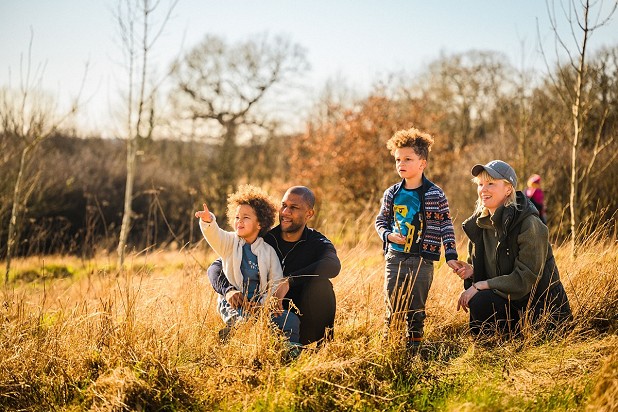
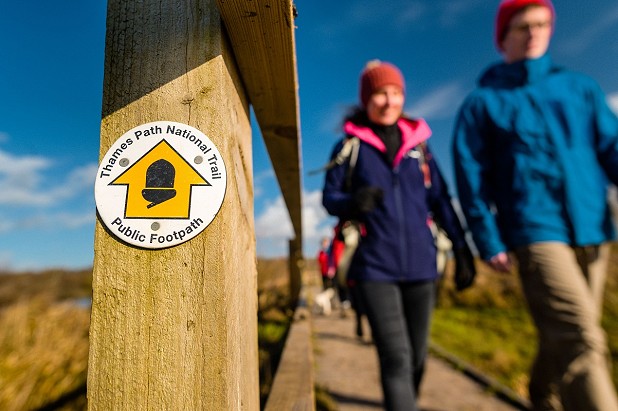








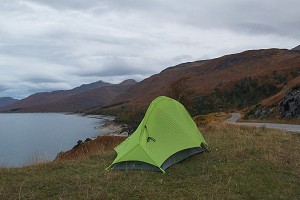








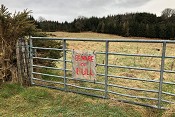
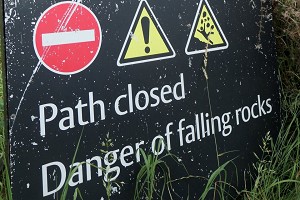
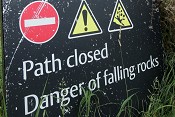


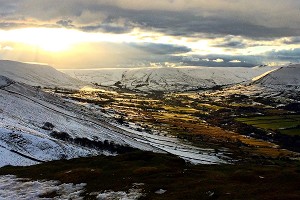



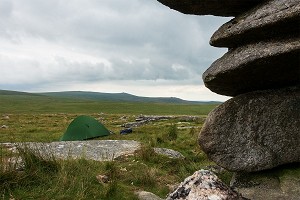
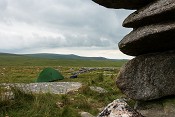
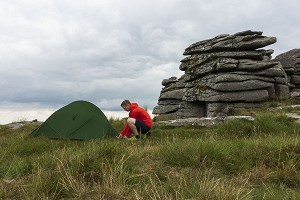


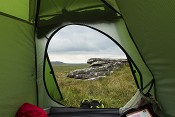
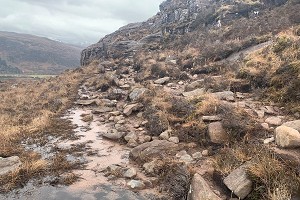



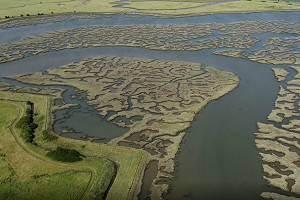



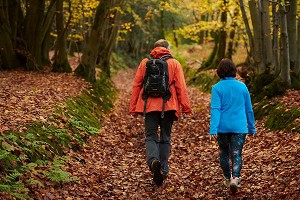

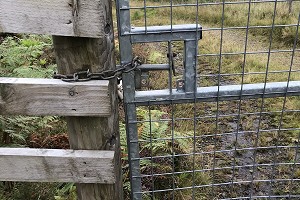
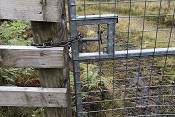
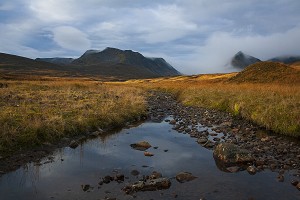


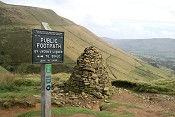
Comments